Photo
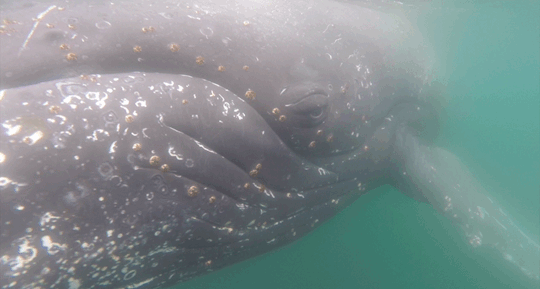
Humpbacks use their front flippers in a way researchers had thought was impossible. New video reveals these whales flap their flippers like birds flap their wings. The move propels these giants toward their fishy prey.
A humpback can measure up to 19 meters (62 feet) long. Its flippers can extend another four meters (13 feet) in front of its body. It takes a lot of force to propel that big body forward. Scientists didn’t think the whales could flap their flippers fast enough to generate such force, says Paolo Segre.
youtube
193 notes
·
View notes
Photo


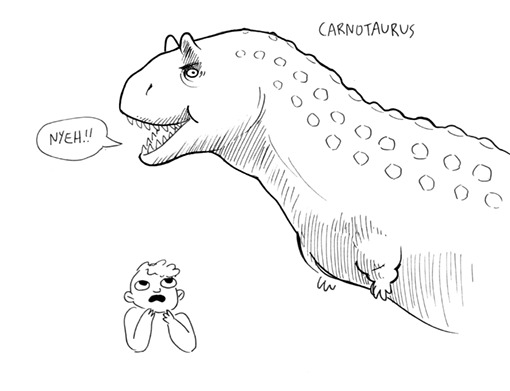
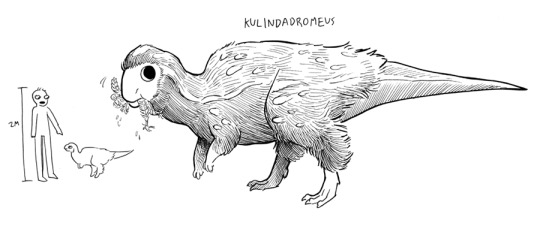
Someone asked me what my top three non-avian dinosaurs were and I got a little carried away!!
I like Microraptor gui because it was cute, I like Spinosaurus aegypticus because it was Badass and also quite special, and I like Kulindadromeus because it suggests feathers are a basal trait of all dinosaurs and that makes me VERY EXCITED (note: this doesn’t mean all dinosaurs had feathers, but it does mean there is a possibility they had a wide variety of integuments we have yet to discover!!)
And Carnotaurus sastrei gets an honorable mention because I think its angry eyebrow horns are cool and I love its chubby little nub arms.
3K notes
·
View notes
Video
Entranced by this larger Pacific striped octopus? Us too. “Rediscovered” by our own Rich Ross & UC Berkeley’s Roy Caldwell in 2013 (which validated another scientist’s 22-year-old findings), its unusually social behaviors—including beak-to-beak mating—"fly in the face of nearly everything we know about cephalopods.“ Learn more: calacade.my/1N6WbRt.
📽️ by biologist Tim Wong
6K notes
·
View notes
Photo

What better way to celebrate Cephalopod Week than with a stubby squid?
Last year, we teamed up with Nautilus Live to explore the deep ocean in and around Channel Islands National Marine Sanctuary, and spotted this little googly-eyed cephalopod!
Though they look like a cross between an octopus and a squid, stubby squid are actually closely related to cuttlefish. They spend their lives on the seafloor, coating themselves in a mucus jacket and burrowing into the sediment. Leaving just those big eyes peeking above the surface, they remain buried until prey items like shrimp or small fish – or a curious ROV – pass by.
(Photo: OET/NOAA)
1K notes
·
View notes
Photo

How can an octopus be so colorful? 🐙 🌈
Many cephalopods have special cells in their skin tissue called chromatophores, which enable them to change color rapidly. A part of their neuromuscular system, these cells receive signals from the environment than an octopus can use to inform color change. Chromatophores can help octopodes like this one in Flower Garden Banks National Marine Sanctuary blend in with their surroundings or flash a warning to predators!
(Photo: NURC/UNCW/NOAA)
2K notes
·
View notes
Photo
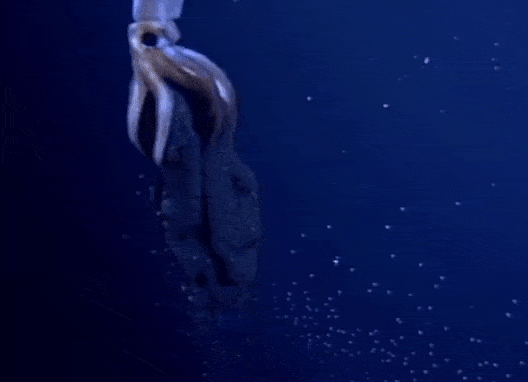
The big deep sea squid is giving birth. These thousands of tiny stars are her babies.
2K notes
·
View notes
Photo
It me!
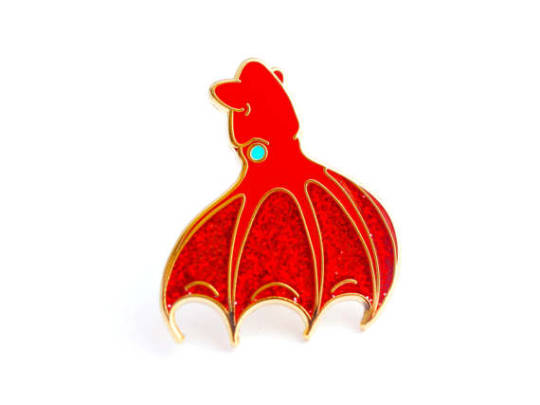
Vampire Squid Enamel Pin (hard enamel pin cute squid pin lapel pin badge squid jewelry cephalopod deep sea octopus cloisonne backpack pins)
214 notes
·
View notes
Photo
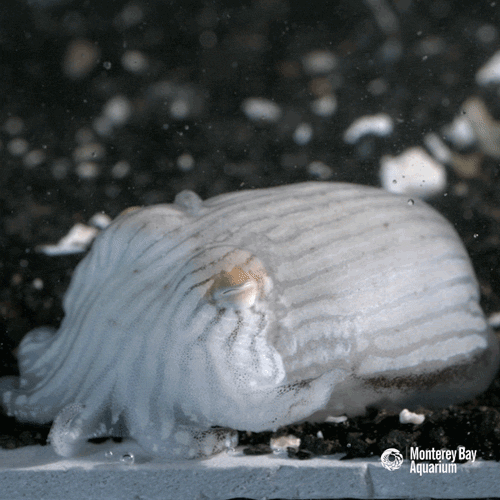
The pyjama squid’s stripes are really channels of chromatophores—pigment sacks that stretch and crumple to reveal dark colors or clear skin.
2K notes
·
View notes
Photo


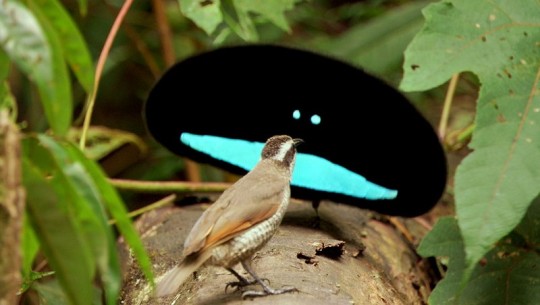





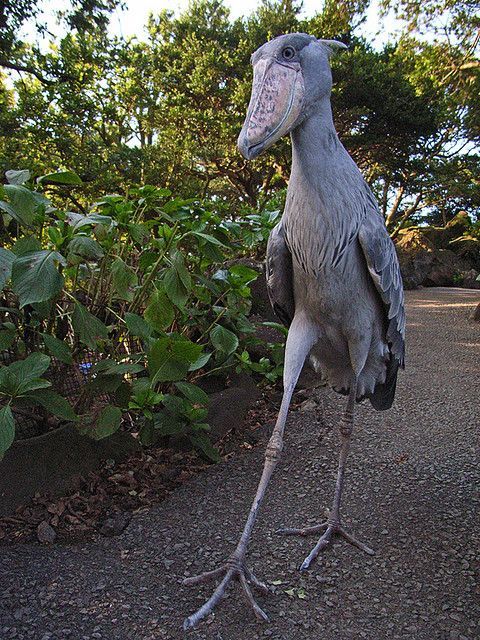

Have some weird-lookin’ birds.
1. Potoo
2. Knobbed Hornbill
3. Superb bird of paradise
4. Andean cock-of-the-rock
5. Magnificent frigatebird
6. King vulture
7. Bearded vulture
8. Cassowary
9. Shoebill
10. Rhinoceros hornbill
24K notes
·
View notes
Text
so there are lots of good pictures of baby peacocks practicing displaying


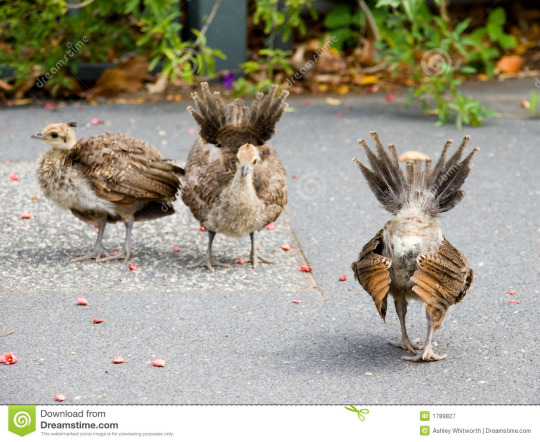
(i found most of these on google image search but thought they were important to show the world)
this is the most ridiculous thing I’ve ever seen.
I love it.
151K notes
·
View notes
Note
Which dinosaur do you consider the prettiest?
Oh gd it’s hard to decide, really
There’s always the Himalayan Monal:

247 notes
·
View notes
Photo
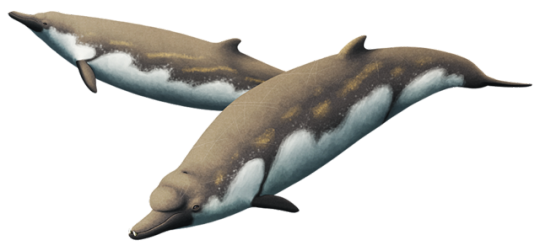
Globicetus hiberus, a 5m long (16′4″) beaked whale from the Atlantic coast of Portugal and Spain. Its fossils can’t be easily dated since they were fished up from the seafloor, but it was probably around Early-to-Mid Miocene in age (~20-14 mya).
Its skull sported an odd bony sphere at the base of its snout, just in front of the melon, which appears to have been larger and more prominent in males than in females. Many modern beaked whales also have sexually dimorphic crests, ridges, and domes in their skulls, and these structures may function as sort of “internal antlers” – a display structure the whales can “see” via echolocation that signals their size, strength, and health to each other.
229 notes
·
View notes
Photo
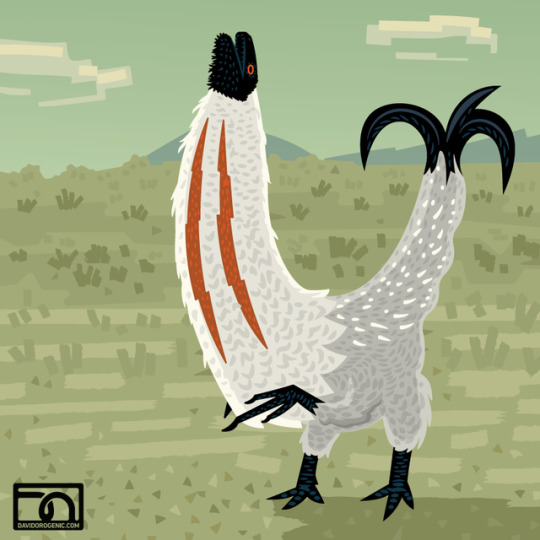

Two new paleoillustrations. A male Falcarius, displaying for the local females. And a Utahraptor, getting the lay of the land. Both available in my shop.
960 notes
·
View notes
Photo
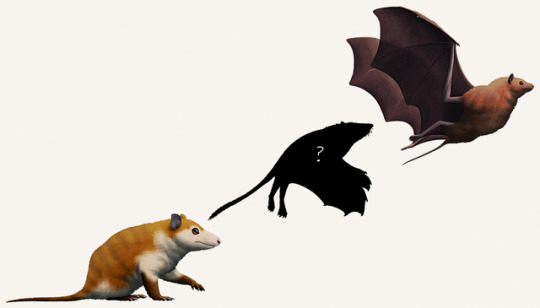
Unsolved Paleo Mysteries Month #23 – Puzzling Proto-Bats
Let’s finish off this month the same way we started: with flying vertebrates without any transitional forms!
Much like the pterosaurs, bats appear suddenly in the fossil record already fully flight-adapted. Despite being the second-largest group of mammals, bats’ small fragile bones and terrestrial habitats make fossils of them incredibly rare, and transitional forms are still entirely unknown. (Even the ancestral form illustrated above is a generic hypothetical mammal!)
The most “primitive” known bats come from the Early Eocene* (~55-52 mya) and various early representatives have been found as far apart as North America, Europe, India, and Australia – indicating they were already a widespread and diverse group by that time, and making it difficult to pin down just where and when they actually might have originated.
*I’ve seen mentions of a potential bat-like tooth from the Late Cretaceous of South America, but can’t find any actual references for it. So it’s possible bats may even have evolved before the K-Pg extinction.
Although bats were once thought to be related to archontans (treeshrews, colugos, and primates) based on morphological similarities, more recent genetic studies have shown them to instead be grouped with the laurasiatheres (eulipotyphylans, carnivorans, pangolins, ungulates, and whales). Based on this phylogenetic position the earliest ancestors of bats may have been small tree-climbing shrew-like animals who evolved flight while leaping in pursuit of insects. They might even be closely related to an obscure group called nyctitheriids – but without a lucky find of an exceptional fossil, we just don’t know.
814 notes
·
View notes
Text
The Radioactive Man Who Returned To Fukushima To Feed The Animals That Everyone Else Left Behind
Naoto Matsumura is the only human brave enough to live in Fukushima’s 12.5-mile exclusion zone

He fled at first but returned to take care of the animals that were left behind

He returned for his own animals at first, but realized that so many more needed his help, too

Matsumura, who is 55 years old, knows that the radiation is harmful, but he “refuses to worry about it”

“They also told me that I wouldn’t get sick for 30 or 40 years. I’ll most likely be dead by then anyway, so I couldn’t care less”

Matsumura discovered that thousands of cows had died locked in barns


He also freed many animals that had been left chained up by their owners

Many of them now rely on him for food
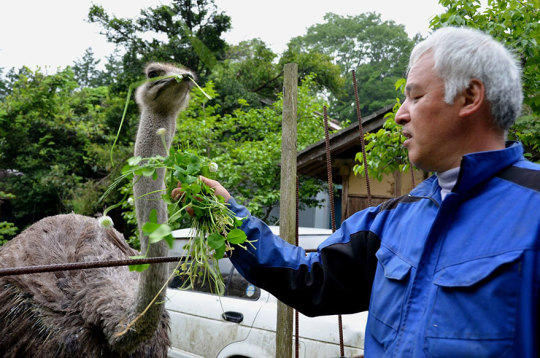
The government has forbidden him from staying, but that doesn’t stop him either
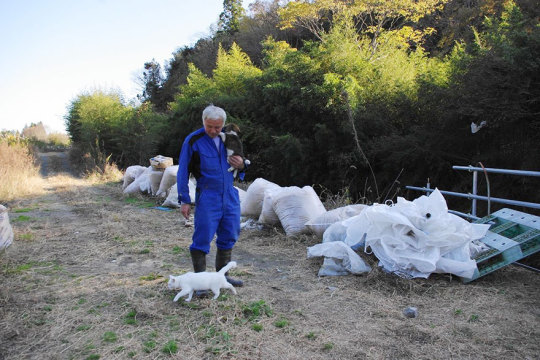
He started in 2011 and is still going strong 4 years later

He relies solely on donations from supporters to work with and feed the animals

His supporters are calling him the ‘guardian of Fukushima’s animals’

The man clearly has a sense of humor as well



746K notes
·
View notes
Photo
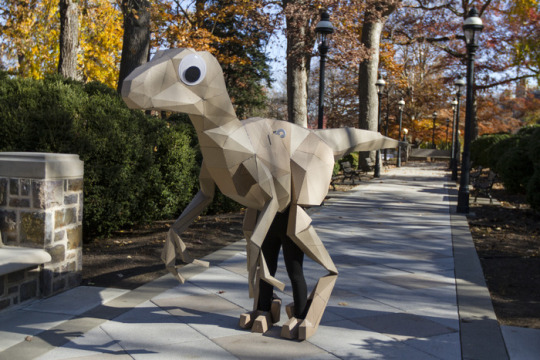
So, my friend made herself into 15 foot long cardboard velociraptor with googly eyes
470K notes
·
View notes